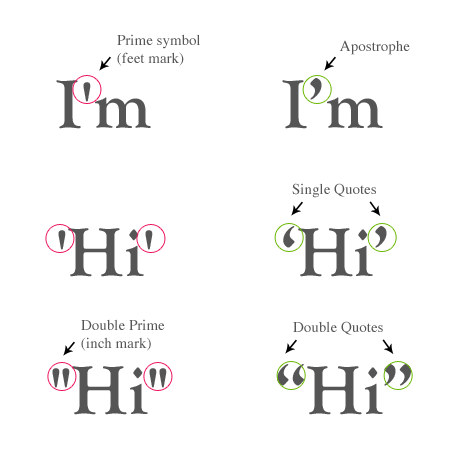Every semester I get a few folks who try to sneak some plagiarism by me. Three this term. There are the usual tactics for fending off plagiarism. Creating assignments that are difficult to cheat on, for one. I have been using Wikis for assignments, and there is a nice program that scans the internet for any material that was used to create a single page (Copyscape), which was helpful. Some colleges have TurnItIn , (or CheckForPlagiarism, EVE2 Plagiarism Detection System, iThenticate, LexisNexis CopyGuard, or EssayFraud) but others do not. So, there are a few things folks can look out for. (With at least one caveat: These aren’t guaranteed, just clues to help find evidence.) A few easy clues are: a.) mysteriously changing fonts, or font sizes, b.) radical changes in voice, c.) the out-of-place fancy word or use of a semi-colon, d.) no source material provided, and e.) going very vague when the assignment doesn’t require it (e.g., “Karl Marx was born in…”). A friend became suspicious of a student who had a reference in Russian. Heck, I had a student–a while ago–who turned in a paper that still had the website address in the top righthand side of the paper. (Again, just clues.)

But the one that really catches students (and I am really only sharing this because so many colleagues appreciate it when I tell them), is this: Finding ‘Straight’ and ‘Curved’ quotation marks mixed together in the same paper. You see, a word processing program like Microsoft Word knows when you are starting a quote and will automatically curve a quote when you hit the space bar after a word that is preceded by said quotation mark. But when a piece of text is cut-and-pasted out of an internet source (e.g., this blog), Word does not recognize the quotations (which are often ‘straight’ or ‘prime symbols’) and leaves them straight. (Try it.) So, a quote–and most critically, the material around that quote–have been lifted from elsewhere. Plug a chunk of material from around those straight quotes into Google and voila! (Ok, one more caveat: Yes, we all take things from multiple sources and it’s not a guaranteed case of plagiarism. And yes, a quote is by definition a cited piece of text, but I’m saying that one should focus on the material around the quote.)
A great tip from my friend Andy: “If the entire paper is [suspiciously] well-written, check the electronic document properties. It could include references to the paper mill from which they purchased the paper.” Nice!
Other hints? Feel free to pass them along. For more on Internet Plagiarism, see Plagiarized.com.
Update #1:New York Times article on Plagiarism.
Update #2: The Awl has some tips for cheaters. Know Your Enemy!

